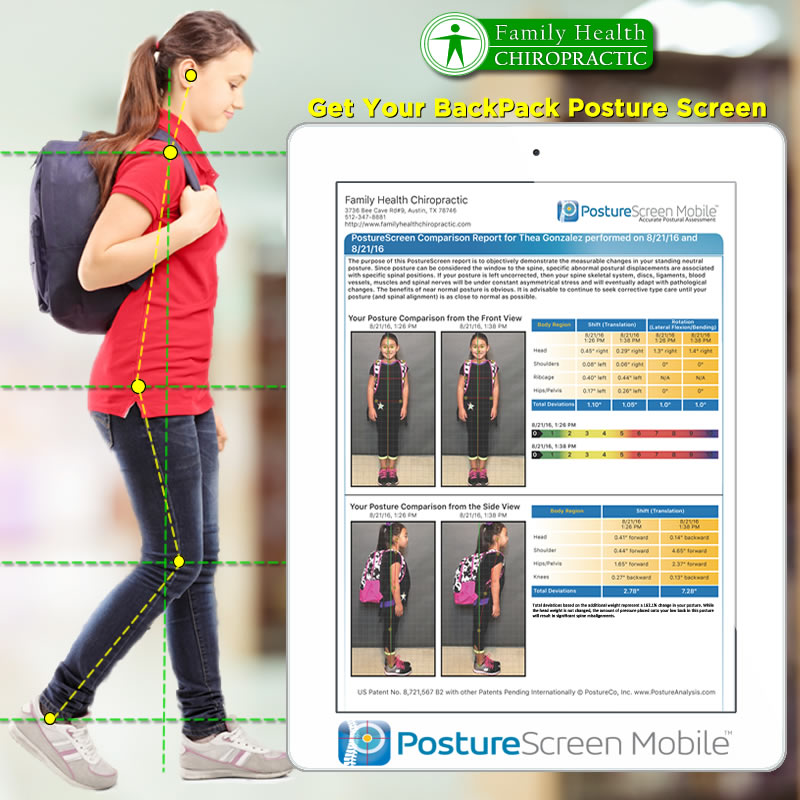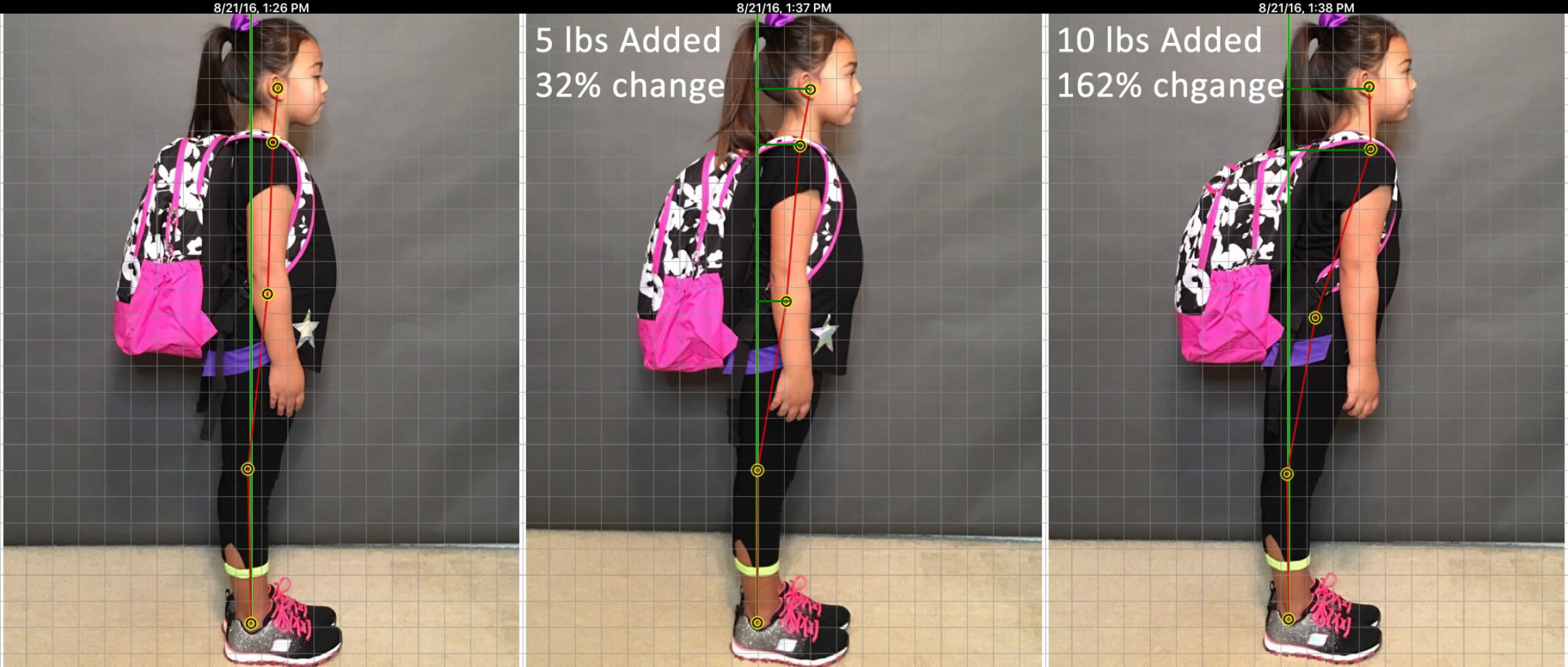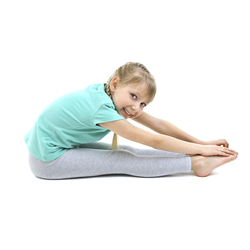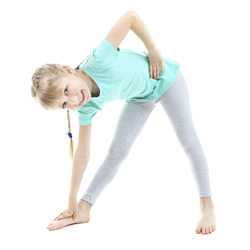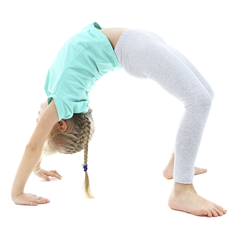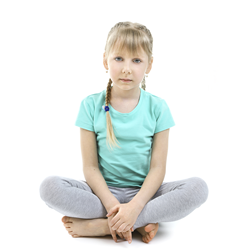It's school time and that means traffic, homework and backpacks! School can be a pain in the neck, but we can certainly do something about it… especially for our kids sake.
There are over 50 million children in America who carry backpacks every day, but many of these students have an overloaded bag or don’t wear it properly. This can lead to neck pain, muscle spasms, tingling hands, headaches, back pain, and lead to poor posture and spine development even into adulthood. According to the Consumer Product Safety Commission, there were about 21,000 reports of emergency room visits for backpack related injuries.
But have no fear! In this article we provide several tips for wearing backpacks and what exercises you need to be performing to reverse the effects of improper usage.
If you're concerned about your child's health and want to know if their backpack or standing posture is hurting their spine, then ask about our Back to School Backpack Screen!
CHILDREN AT RISK
Most kids today prefer to use backpacks to carry their stuff to school. These bags allow the kids to carry weight on two shoulders instead of just one, and they also leave the hands free for other stuff like smartphones, ipads and laptops. Also, most kids just consider them cool, especially compared to the alternatives. What’s not cool is that these backpacks can actually cause some harm to your kids and impact them well into adulthood.
A lot of the problem has to do with overloading. A recommended weight of a backpack should not exceeds more than 10% to 15% of the child’s weight. But about a fourth of all young students bear more than 20% of their body weight on their backpack. There are certain posture corrective exercises that have been designed and studied by doctors of chiropractic, which helps to reverse the daily effects of poor posture and allows the body to be supported while under daily load of backpacks. Today thousands of young students carry backpack loads of more than 25 to even 30 pounds. The first step to getting a handle on this problem is to undergo a posture analysis of your child wearing his or her backpack to determine what changes, if any, are occurring. Following this analysis, we can then prescribe the correct course of action!
According to recent studies, 6th graders are carrying anywhere between 14 and 20 pounds (some as much as 30 pounds) of books, notebooks, snacks, and supplies in their backpacks. When that amount of weight is incorrectly placed on the shoulders, it begins to pull the child's body backwards. To compensate for this, most children will bend forward at the hips or arch the back – which leads to spinal misalignments, pain, discomfort, and even headaches and breathing problems.
Children who choose to wear their backpacks over just one shoulder, will end up forcing themselves to lean to the opposite side, in order to offset the extra weight. This will not only cause shoulder strain / pain, as well as back and neck pain, but for those with scoliosis, it will be downright uncomfortable and lead to worsening of the condition.
Without help, children will develop spinal misalignments – leading to a wide range of health problems in the future. Besides the obvious back pain, neck pain, and shoulder pain, most children with spinal misalignments suffer from weak immune systems, headaches, migraines, allergies, asthma, fatigue, and acid reflux disease. While wheeled backpacks and online books are a great way to keep children from carrying heavy loads, one must remember that school-age children can also develop poor posture and spinal injuries during sports, slouching in their chairs in class, or horsing around with their friends.
BACK PACKS CHANGE POSTURE
Below is a picture of my daughter with 5 and 10 pounds of weight added to her backpack. The photo on the far left is just her backpack with her lunchbox and school supplies. When we added 5 lbs to her backpack, it caused a 32% change in her postural deviations with the most significant change occurring at her neck. After adding 5 more pounds for a total of 10 pounds, it didn't change her forward head posture, but if you look at her shoulders relative to the green vertical line (normal posture) you can see a dramatic shift forward as well as her hips. Her total body weight is 72 lbs. If we go off the recommendations of experts of only allowing 10-15% of bodyweight in a backpack, we get 7.2 to 10.8 lbs. However, as you can see below, 10 lbs of weight in her backpack still created 162% change in postural deviations. This posture is enough stress to create physical problems.
How to choose the right backpack:
- Choose a padded bag to minimize direct pressure on the back
- Make sure the bag is wide padded shoulder straps which will not affect circulation to the arms to cause numbness or tingling
- Use waist and chest belts to transfer weight from back and shoulders to the trunk and pelvis
- Multiple compartments to distribute the weight in the backpack
How to load the backpack:
- 15% weight maximum! Ex. A child weighing 100 pounds should not wear a backpack heavier than 15 pounds
- Load the heaviest items closest to the child’s back
- Pack items only needed for that particular day
- If the books and materials needed exceed the 15% weight maximum, use a book bag on wheels.
How to wear the backpack:
- Wear both straps at all times! This will evenly distribute the weight and promote aligned posture
- Tighten the straps so that the bag fits snugly to the child’s back, but still allowing the backpack to be put on and taken off easily. A bag that hangs loosely will strain the back muscles and pull the child backwards
- Wear the bag over the strongest mid-back muscles and make sure it rests evenly in the middle of the back where the center of gravity is.
While backpacks are a major concern in causing neck, shoulder, and back pain. There are other things we meed to take into consideration to help prevent spine disease and dysfunctions from modern life:
Sitting: More and more research is coming out, and long story short sitting wrecks our bodies. Again, most students today sit way more than the recommended limit of 2 hours per day. So the best course of action is to initiate a Spine Hygiene program to protect your child.
Texting: This is becoming a major issue! Hunched over a cell phone is no way to text, sit up straight and bring the phone into your line of vision.
Activity: Being inactive and losing strength in important muscle groups puts you at a much higher risk to develop pain in the neck, shoulders, and back. Make frequent movement and activity a priority!
Often the solution is simple and being more aware of your posture can address and reverse pain that you are experiencing. Don’t let this linger, this is something that needs to be addressed before it becomes a chronic condition that is much more difficult to treat. If you’ve been in pain for longer than one month and this does not change with postural corrections, please see us for a posture screen for a more detailed assessment to avoid this becoming a real issue.
Posture Corrective Exercises
The specific type of corrective exercises your child should be doing is highly dependent on their current spine and posture positions. This is why we highly recommend getting them checked. That said, here are a few movements that you can have them do to reverse the harmful effects of bad posture.
Seated Forward Fold
How to do it: Sit and straighten legs out in front of you, grounding thighs into the floor. Hinge at hips to elongate torso over thighs. Grab hold of the outer edges of your feet. (If your hamstrings are tight, use a strap or sit up on blankets.) Bend elbows wide up toward the ceiling and lengthen the sides of your torso forward toward feet.
Benefits: This feel-good fold elongates the back of your body, lengthens your spine, and stretches your hamstrings.
The Bow
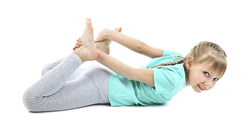
Benefits: This backbend stretches the whole front of the body, especially the chest and the fronts of your shoulders. It also gives a nice massage to your abdominal organs.
Side Stretch
How to do it: Begin standing with feet shoulder width apart or slightly wider. Side bend as far down to one side of the body reaching for the ankles with your hand. Keep the other hand on your hip.
Benefits: This stretch opens up the quadratus lumborum muscle which is chronically shortened due to all the sitting we do.
The Wheel
How to do it: Lie faceup with knees bent, feet flat on the floor. Position feet parallel to one another, hip-distance apart, with heels under the knees. Bring hands to the floor, framing ears, fingers facing toes. Press down into hands and feet, lifting hips and chest off the floor. Straighten arms and lift up through your shoulders. Spin your upper inner thighs down toward the floor as you lengthen tailbone toward the backs of your knees. To come out of the pose, bend arms and look up toward ceiling, slowly lowering upper back down to the floor.
Benefits: This backbend opens the entire front of the body. It strengthens the muscles in your back, shoulders, and hamstrings.
Lotus Position (Sitting Cross Legged)
How to do it: Sit on the floor with legs crossed. Take your right foot in your hands, and slowly place it on your left thigh as close to the crease of your hip as you can. Try to align your left heel with your hip joint while keeping your left ankle straight. Take your left foot in your hands, and slowly place it on your right thigh as close to the crease of your hip as you can. Try to align your right heel with your hip joint while keeping your right ankle straight. Be aware of correct posture as you open your chest, lengthen your spine, and gently pull your shoulders back; feel yourself relax as you sit proud, with your chin held high. Remember to press in at your lower back to maintain its natural inward curve.
Benefits: Opens up the hips, stretches ankles and helps to keep the spine erect improving posture.
Get your Backpack PostureScreen today!

